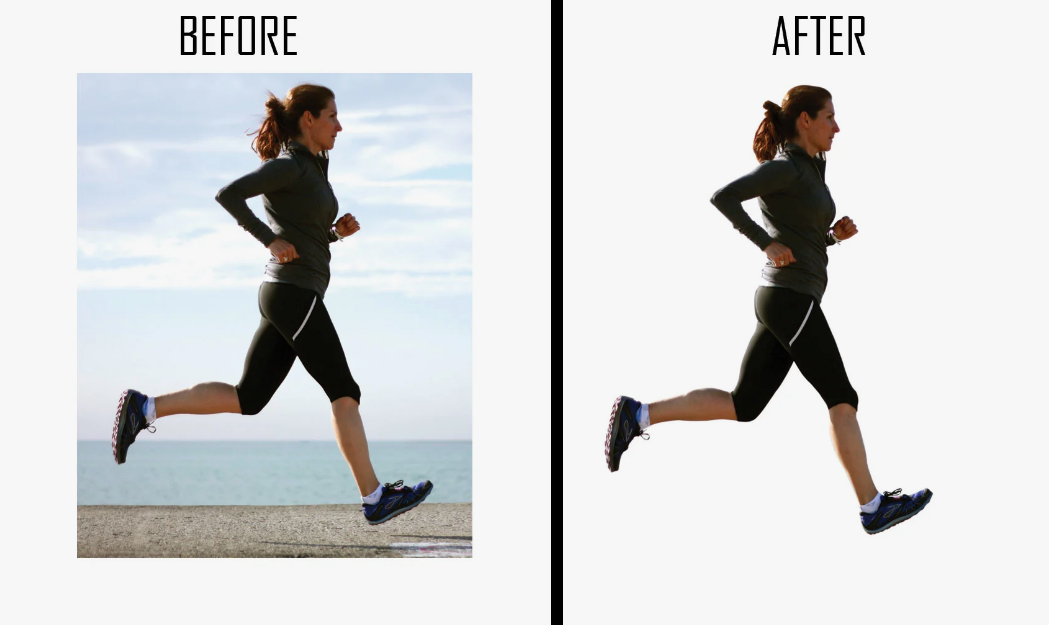How to Choose the Best Image Background Remover for Your Needs

Choosing the right image background remover can significantly enhance the quality of your visuals, whether for personal projects, professional graphic design, or e-commerce. With numerous options available, it can be challenging to determine which tool is best suited for your needs. Here’s a guide to help you make an informed decision.
1. Identify Your Requirements
Before selecting an image background remover, clearly define what you need it for. Are you looking for a tool to quickly remove backgrounds from product images, or do you need advanced features for professional photo editing? Understanding your requirements will help narrow down your choices.
2. Consider Ease of Use
The user interface and ease of use are crucial factors, especially if you are not a professional designer. Look for tools with intuitive interfaces and straightforward processes. Many background removers offer drag-and-drop functionality and simple editing options, making them accessible for beginners.
3. Evaluate Accuracy and Quality
Accuracy in background removal is essential. A good tool should precisely distinguish between the subject and the background, even in complex images with fine details like hair or intricate patterns. Check user reviews, testimonials, and sample results to gauge the accuracy and quality of different tools.
4. Explore AI and Machine Learning Capabilities
Modern background removers often utilize AI and machine learning to enhance their performance. These advanced technologies can provide more accurate and faster results. Tools powered by AI can learn and improve over time, offering better accuracy with repeated use.
5. Check for Batch Processing Features
If you need to remove backgrounds from multiple images regularly, consider tools that offer batch processing features. This functionality allows you to process several images at once, saving time and effort. It’s particularly useful for e-commerce businesses that handle large volumes of product images.
6. Look at Supported File Formats
Ensure the tool you choose supports a wide range of file formats. This flexibility allows you to work with different types of images without the need for conversion. Commonly supported formats include JPEG, PNG, TIFF, and GIF.
7. Compare Free vs. Paid Options
While there are many free image background remover available, they often come with limitations such as watermarks, lower quality, or restricted features. Paid versions typically offer more advanced features, higher accuracy, and better support. Compare the pros and cons of free and paid options based on your budget and needs.
8. Assess Integration and Compatibility
For professionals who use image background removal as part of a larger workflow, integration with other tools and software is important. Check if the background remover integrates seamlessly with your existing design or editing software, such as Adobe Photoshop, GIMP, or other graphic design tools.
9. Review Customer Support and Resources
Reliable customer support can be a lifesaver if you encounter issues or have questions about using the tool. Look for tools that offer comprehensive support, including tutorials, FAQs, and direct customer service. Community forums and user groups can also be valuable resources.
10. Take Advantage of Free Trials
Many paid image background removers offer free trials. Utilize these trials to test the tool's features and performance before making a purchase. This hands-on experience will help you determine if the tool meets your expectations and requirements.
Conclusion
Selecting the best image background remover involves considering various factors, including ease of use, accuracy, features, and cost. By identifying your specific needs and evaluating different options based on these criteria, you can find a tool that enhances your workflow and produces high-quality results. Remember to take advantage of free trials and reviews to make a well-informed decision.
- Art
- Causes
- Crafts
- Dance
- Drinks
- Film
- Fitness
- Food
- Spiele
- Gardening
- Health
- Startseite
- Literature
- Music
- Networking
- Andere
- Party
- Religion
- Shopping
- Sports
- Theater
- Wellness
- IT, Cloud, Software and Technology


